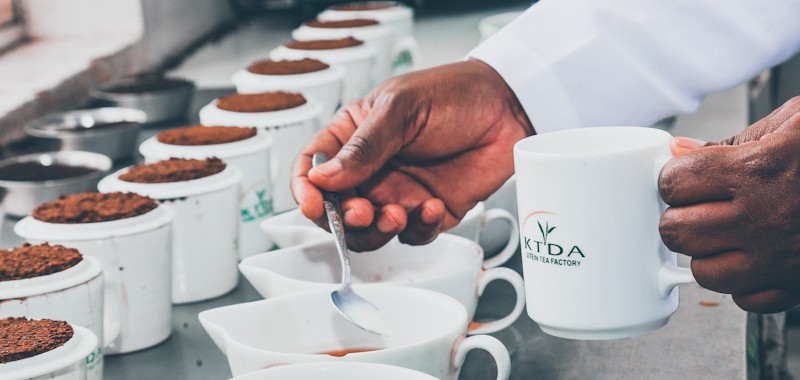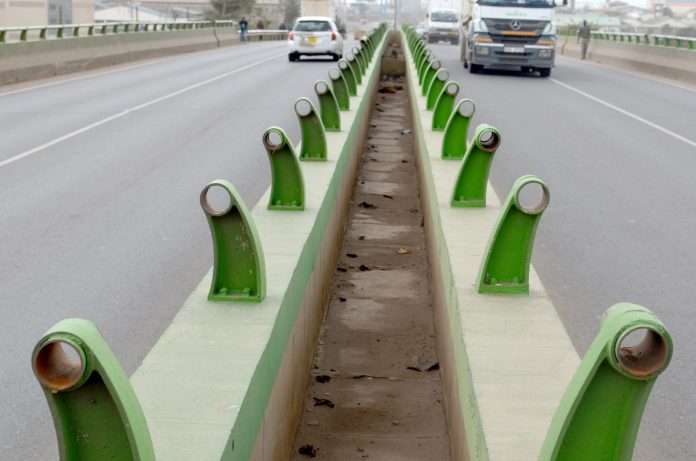KTDA emphasised that this year’s final payment reflects deductions already made for monthly farmer payments, processing, marketing, and logistics costs. “While understandably disappointing to many, this year’s final is the result of global trading conditions outside KTDA’s control,” the agency said
By The Weekly Vision Business Desk
The Kenya Tea Development Agency (KTDA) has moved to calm growing discontent among farmers following a sharp fall in this year’s second (bonus) payments. In a statement, KTDA attributed the decline to less favourable international market conditions and the strengthening of the Kenya Shilling against the US dollar.
“In 2024, the Kenya Shilling traded at an average of KSh144 to the US dollar, while in 2025, the average was KSh129. The stronger shilling meant that even where international prices were stable, the amount realised in local currency terms was significantly lower,” the statement read.
The agency detailed that average prices across key tea-growing regions reflected the challenge.
In the East of Rift:
- Kiambu fetched KSh371, a drop of KSh46 from last year.
- Murang’a earned KSh376, down by KSh42.
- Nyeri earned KSh388, a decrease of KSh42.
- Kirinyaga earned KSh 400, down KSh 38.
- Embu earned KSh404, down by KSh34.
- Meru earned KSh381, down by KSh36.
In the West of Rift:
- Kericho earned KSh245, down by KSh101.
- Bomet earned KSh209, a drop of KSh85.
- Nyamira earned KSh266, a drop of KSh105.
- Kisii earned KSh246, a drop of KSh95.
- Nandi/Vihiga earned KSh208, a drop of KSh56.
KTDA explained that these prices are for made tea and, when converted into green leaf using the 4.4 ratio, they account for the reduced farmer payouts across the country. “Differences in the second payment between the East and West of the Rift are due to quality factors, market dynamics, and cost structures. Teas from certain high-altitude zones naturally fetch better prices because of quality attributes favoured in global markets,” the agency said.
The statement further noted that some factories were more severely affected by suppressed global demand and higher operational costs, reducing their net earnings. Independent producers and plantation factories in the West of Rift, outside the KTDA system, have also reported similar challenges, confirming that the disparities are market-driven and not unique to KTDA.
“It is important that tea is not politicised. Bringing politics into factory operations only harms farmers. The surest way to safeguard incomes is through maintaining high-quality green leaf, disciplined factory management, and adherence to good agricultural practices,” the statement added.
KTDA emphasised that this year’s final payment reflects deductions already made for monthly farmer payments, processing, marketing, and logistics costs. “While understandably disappointing to many, this year’s final is the result of global trading conditions outside KTDA’s control,” the agency said.
The impact has triggered protests, especially in the West of Rift, where some factories will pay farmers as little as KSh10 to KSh32 per kilo. Kiamokama and Rianyamwamu factories will pay KSh10 per kilo, half of last year’s KSh20, while Nyamache and Itumbe suppliers will earn KSh11 instead of KSh20.
The East of Rift has also not been spared. Kiru Tea Factory in Murang’a will pay KSh32 per kilo, down from KSh51.10 last year, while Embu’s Rukuri Tea Factory will pay the country’s highest rate at KSh57.50 per kilo, a KSh4 drop from 2024.
To cushion farmers, KTDA announced plans to diversify income streams. These include expanding the production of orthodox teas, which fetch higher prices in niche markets, reducing reliance on CTC teas, and collaborating with the government to promote value addition, reduce packaging costs, and open new markets, including China. The agency also cited ongoing investment in factory modernisation and energy solutions to cut costs and improve competitiveness.





